In other threads, I have made my best case for why it is important to prune roots and do a full repot (not to be confused with potting-up) on your containerized Acers - regularly. Root-pruning is the systematic removal of the largest roots in the container with emphasis on removal of rootage growing directly under the trunk and at the perimeter of the root mass.
Root pruning should start immediately with year-old seedlings by removing the taproot just below the basal flare of dormant material, repotting, and treating the plant as a cutting. This will produce a plant with flat rootage that radiates outward from the base and will be easy to care for in the future.
Young trees (under 10 yrs old) are nearly all dynamic mass and will tolerate root-pruning well. The entire genus of Acer is extremely tolerant of root work. Acer buergerianum (trident maple) is routinely reduced to a main trunk with roots pruned all the way back to the basal flare and responds to the treatment with a fresh growth of fine, fibrous roots and a fresh flush of foliage each spring. The point here is, you don't need to be concerned about the pruning if you follow a few simple guidelines.
First, undertake the root-pruning and repot while the plant is quiescent (this is the period after the tree has met its chill requirement and has been released from dormancy, but has not begun to grow yet because of low soil temps). The ideal time is immediately before buds move (swell) in spring. Next best time is at the onset of budswell. Next best time is anytime late in the quiescent period.
For plants that have not been root-pruned before: With a pruning saw, saw off the bottom 1/3 to 1/2 of the root ball. With a hand-rake (like you use for scratching in the garden soil) or a wooden chopstick, remove all the loose soil. Using a jet of water from the hose and the chopstick, remove the remaining soil - ALL of it. This should be done out of sun and wind to prevent the fine roots from drying. 5 minutes in the sun or wind can kill fine roots & set the tree back a week or more, so keep roots moist as you work. After the soil is removed, remove about 1/2 of the remaining mass of roots with a sharp pruning tool, taking the largest and those growing under the trunk. Stop your pruning cuts just beyond where a smaller root branches off the root you are pruning. Be sure to remove any J-roots, encircling roots, or others with abnormal growth.
The first time you root-prune a tree will be the most difficult & will likely take an hour from start to finish, unless the tree is in larger than a 5 gallon container. When you're satisfied with the work, repot into a soil that you are certain will retain its structure until the next root-pruning/repot. Tree (genetic) vigor will dictate the length of time between repots. The slow growing, less vigorous species will likely go 5 years between repots. For these slow growing trees, it is extremely important that soils retain aeration. For these trees, a soil of 2/3 inorganic parts and 1/3 organic (I prefer pine or fir bark) is a good choice. The more vigorous plants that will only go 2 years between repots can be planted in a soil with a higher organic component if you wish, but would still benefit from the 2/3 inorganic mix.
Before you begin the pruning operation, be sure you have the soil & new container ready to go (drain screens in place, etc). The tree should fit loosely inside the walls of the container. Fill the container with soil to the desired ht, mounded in the center, & place tree on the mound. Add soil to cover roots & with the chopstick, work soil into all voids in the roots, eliminating the air pockets and adding soil to the bottom of the basal root-flare. Temporarily securing the tree to the container with twine or small rope, even staking, against movement from wind or being jostled will speed recovery time by preventing breakage of newly forming fine rootage. Place the tree in shade & out of wind until it leafs out and re-establishes in the container.
Most trees treated this way will fully recover within about 4 weeks. By the end of 8 weeks, they will have caught & passed a similar plant, that was allowed to remain in its container, in both development and in vitality.
When root-pruning a dormant plant, you needn't worry about "balancing" top growth with rootage removed. The plant will only "activate" the buds it can supply with water. It is, however, the optimum time to undertake any pruning you may wish to attend to.
This is how I treat all my deciduous material. Yes, I have quite a few growing in bonsai pots, but more of my plants are in nursery containers or terra-cotta and look very much like your trees as they await the beginning of training. With a little effort at developing a soil from what's available to you and some knowledge and application of root-pruning and repotting techniques, I'm absolutely sure that a good % of those growing trees in containers could look forward to results they can be pleased with. This is the repotting technique that allows bonsai trees to live for hundreds of years & be passed from generation to generation while other containerized trees that have not had their roots tended to, only potted-up, are likely to be in severe decline or compost before they're old enough to vote.
I hope you're bold enough to give it a chance and I hope what I've written makes sense - it's way past my bedtime.
Al


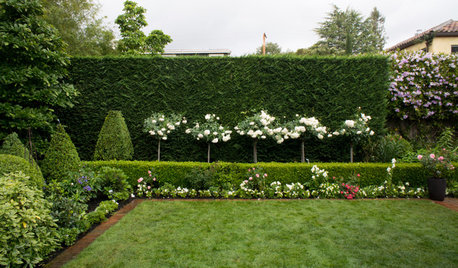

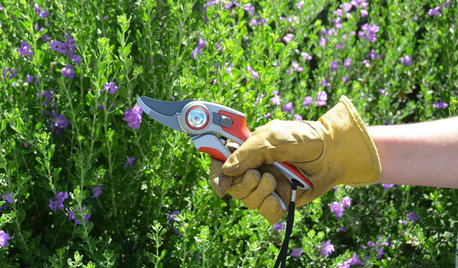

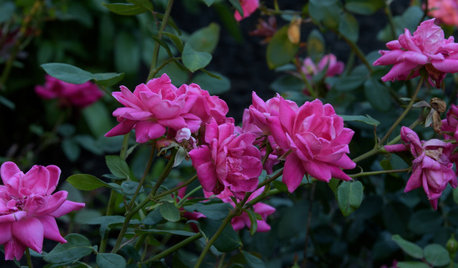
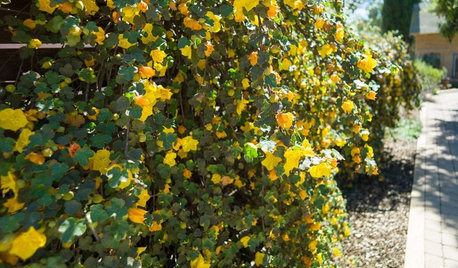
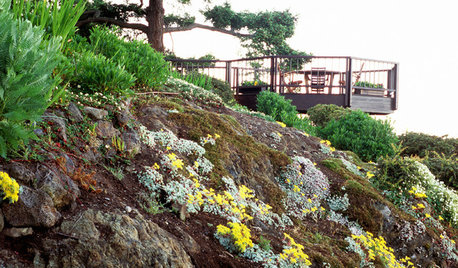
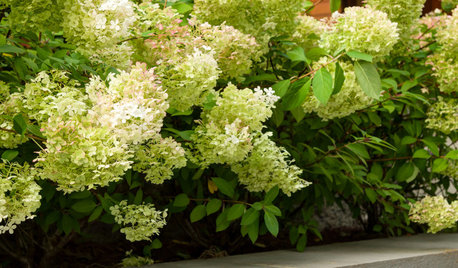



radagast
schusch
Related Discussions
BADLY compacted Ficus Benjamina - How Agressive Can I Root Prune?
Q
Root pruning and repotting
Q
Why root-prune when you repot?
Q
Ficus Lyrata dropping leaves after root prune/ repot
Q
tapla (mid-Michigan, USDA z5b-6a)Original Author
schusch
tapla (mid-Michigan, USDA z5b-6a)Original Author
radagast
Embothrium